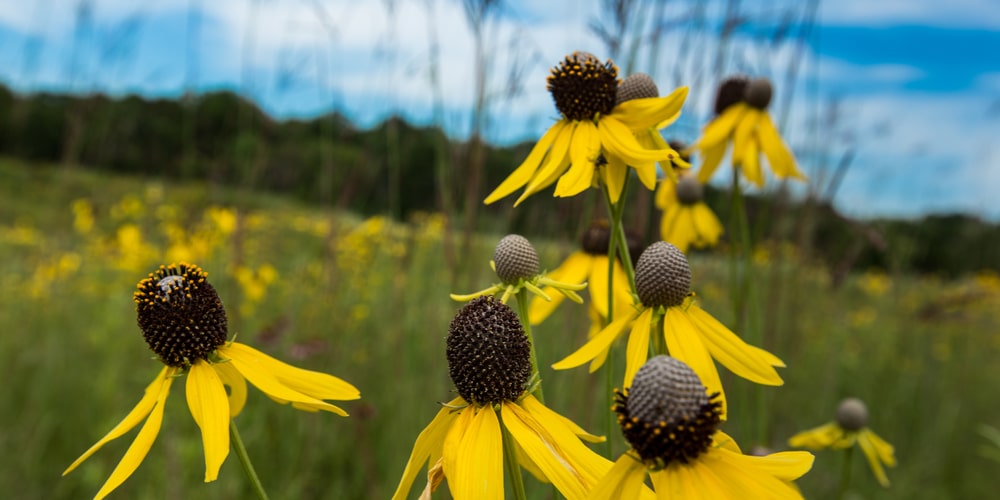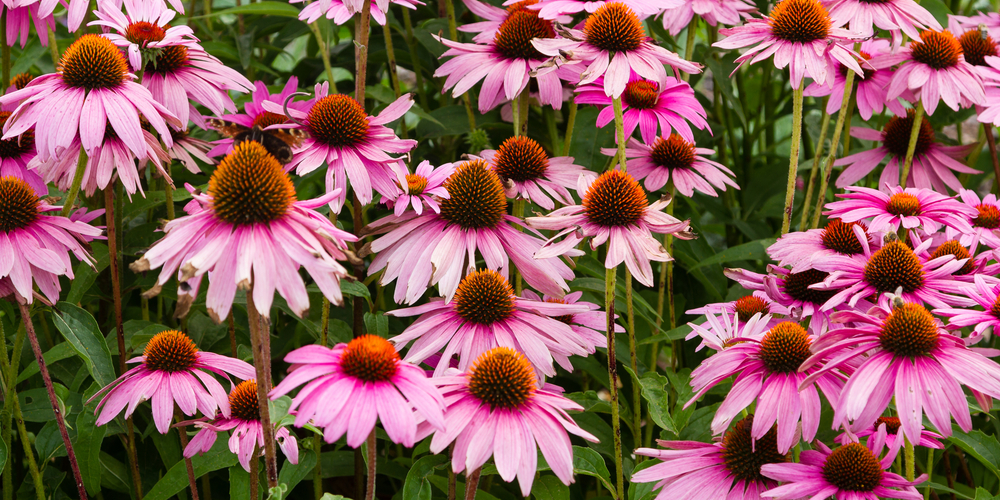Coneflowers are reliable flowering landscape plants that fit in any yard. They come in a wide variety of bloom colors, ranging from purple to pink, red, yellow, and even orange or white.
If you’ve recently bought a bunch of new echinaceas to add to your garden, you might think, ‘when to transplant coneflowers?’ Also, do coneflowers need sun or shade?
When Should Coneflowers Be Transplanted?

Coneflowers are popular plants that are usually available to buy as seedlings or mature plants in nearby plant nurseries and garden centers. The attractive, cone-shaped, and bi-colored flowers may have caught your eye, and now you’re thinking of where and when you should transplant your coneflowers.
Echinacea and its many varieties tend to follow the same rule of transplanting as other plants. This means that they can be introduced outside in your yard or garden in spring and once the danger of frost has passed. When temperatures start to warm up, you should get ready to transplant your coneflowers to your garden and give them a permanent home.
Spring transplanting is best for coneflowers as it gives them time to establish their root systems once introduced to the ground. Do it right and you’ll have pretty blooms coming out in the summer season.
Alternatively, coneflowers may also be transplanted or moved in early fall. Just make sure that you move your echinaceas several weeks before the first frost is expected in your region so your plants can prepare for the winter.
Aside from the season, there’s also the matter of picking the right time of the day to transplant coneflowers. Plants get stressed when they’re moved in late morning or afternoon, so it’s best to wait until early evening, or in the morning before the sun is out.
That said, it’s not advisable to carry out transplanting tasks in the summer season since there’s a high chance that your echinaceas can get transplant shock. The younger your coneflowers are the more likely they’ll get stressed, so make sure to wait until the temperatures are cooler and provide plenty of water as well.
How to Transplant Coneflowers Outside the Garden
Choose a Sunny Location
Echinacea plants are very durable and love a warm and sunny environment. Coneflowers thrive in zones 3 through 8 and prefer a site that gets full sun all day. As an added bonus, they’re native to the country and thus do not need any extra care or growing requirements.
You’ll want to place your cornflowers in full sun so you can get maximum blooms. The plant can take a bit of drought so you won’t have to worry about them drying out on hot days and missed waterings.
Transplant Carefully
Coneflowers have extensive root systems that can be as long as five feet. While the roots aren’t very sensitive you’ll want to get as much of it intact when transplanting your coneflowers to another location.
When digging up or taking the coneflower out of its container, make sure that you’re gentle and ease up the soil or bag that the plant came with. Prepare the hole and water the ground before you move your cornflowers. Take extra care not to damage the plants’ foliage or stems as you settle them in your yard or garden.
Observe the Correct Spacing
Most coneflower species grow only to around three feet (or 36 inches), but you’ll want to provide enough space so each plant can grow to its full potential. It’s recommended that you space your cornflowers about a foot in length or more depending on the variety.
Coneflowers tend to re-seed themselves and spread to the surrounding area, so keep this in mind when transplanting them into the garden.
Water Your Coneflowers In
Once your coneflowers are settled in, you can give them a nice long drink from a watering can or hose. Water deeply so all the roots can make contact with the soil and absorb the liquid. Wait a few days before thinking of watering them again, or check the top inch or two of the soil to see if it’s dry to the touch.
As a general rule, coneflowers do not need frequent irrigation. However, you’ll want to give your plants a drink now and then, and more during the hot summer season.
